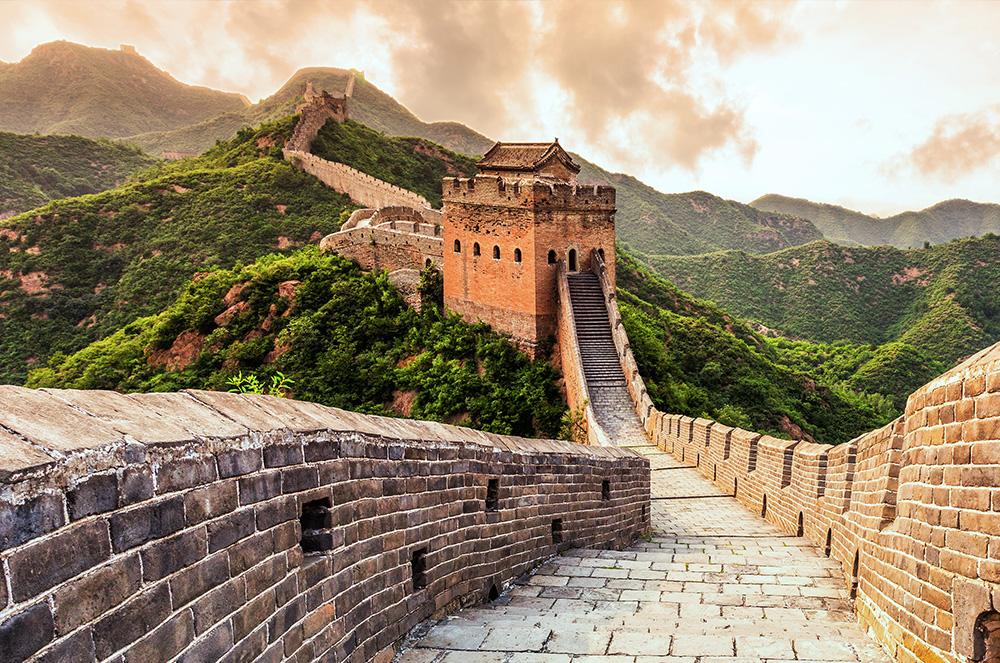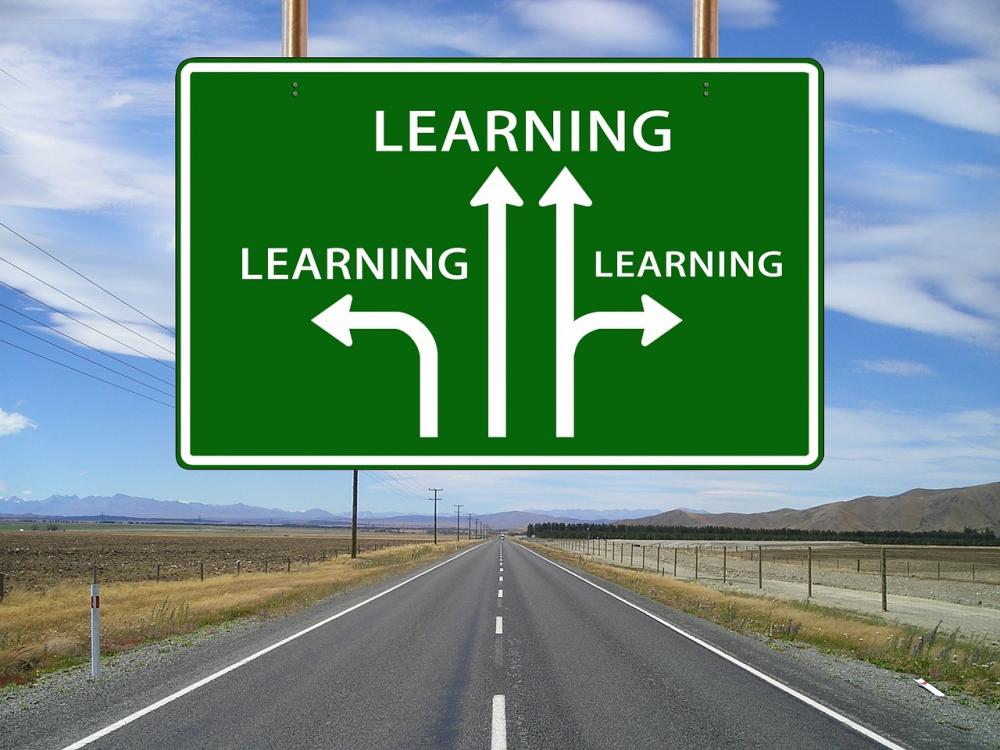
Compare Yuan and Qin Dynasty
The Qin Dynasty ruled in China between 221 and 206 BC. It was the first imperial dynasty in China which lasted for fifteen years. It brought unified China after conquering all other major states and the Zhou dynasty. The first action that made the Chinese subjects despise the Qin rule was their rule on land. They abolished land ownership by the lords who also controlled peasants. The Central government overtook land control and used the peasants as their workforce. They used peasants as slaves in their ambitious building projects. Such projects included building the northern wall of China which is now the Great Wall of China. The government in the Qin dynasty was bureaucratic and heavily handed. They also lost the confidence of the people by burying of previous scholars by burning of books. This led to the loss of Chinese history before 221 BC. This act still receives a lot of criticism from current scholars and historians since it leaves a big historical gap (Thorpe 25).
The Qin dynasty also introduced new weights, currency and standardization of measure. They used this to set taxes to peasants and create a class division in the society. The Qin introduced a situation where men were reduced to serve other things other than where things are supposed to serve man. This led to obsession of the society with material wealth with hereditary employment. It also led to ignorance of peasants in its history. Scholars have focused on rather wealthy subjects who lived in cities and influenced politics. The government had different officers and soldiers who needed resources for maintenance. This led to increase in taxes for peasants which also made them despise the dynasty. The dynasty left 90% of the subjects in abject poverty without land. This population depended entirely on employment in farms.
The Yuan dynasty ruled China after the conquest of the Southern Song dynasties. The dynasty was under Mongolian Borjigin clan’s leader by the name Kublai Khan. This was the first time that China was under the rule of complete foreigners. The government during the Yuan rule discriminated against the local Hans and gave all major seats to the Mongols. This transferred the Mongol way of life down the hierarchy to the subjects. The Chinese ended up under non-Chinese employment as the richest people during that time were Mongols. The Yuan dynasty was popular to its subjects at first. It later lost the confidence of the subjects in the last years of its rule. This was especially after famine and political struggle which made the dynasty have the least years of rule. The Chinese saw the Mongols from the Kublai Khans clan as foreigners. This was especially after they failed to fully recognize the Chinese culture and History. The Mongols from Mongolia, on the other hand, saw the Kublai Khans clan as too Chinese.
The Yuan dynasty’s army became weaker with time. Its subjects despised it after outlaws started going free in the country without the government’s interference. China faced unrest and dissension due to this. The Kublai Khan gradually lost influence in China. The subjects suffered from natural disasters from the late 1340 without government assistance. They were faced by droughts and floods which resulted from famine. The government did not have effective policy to support its subjects at this time. The subjects viewed this as ignorance from the government due to their foreign origin. They organized themselves into several rebel groups in an effort to overthrow the government. The Red Turban Rebellion was the first of such rebel groups. This was proof that the subjects were dissatisfied with the Yuan rule in China. Different efforts from the government soldiers to fight the rebels did not succeed as the subjects outnumbered them. this led to the fall of the Yuan Empire.
The Fourteenth and Fifteenth Centuries In Europe
Many historians have characterized the fourteenth and fifteenth centuries in Europe as periods when Europe faced disruption, disintegration and disruption. This was due to reasons such as poor harvests, disease and war in Europe. This ended European expansion both geographically and socioeconomically completely as Europe focused on taking care of these crises and disasters. They involved war, disease and poor harvests from the fourteenth century. The church as this time also faced different problems. There were conflicts between the papacy and other monarchs in Europe. This was due to the spread of the heretical movements. The church faced the Great Schism and divided with the papacy under the threat of revolt from the high clergy that oversaw the papacy seat. This period also had different changes in people’s attitudes and art. The economic position of the society changed with great change in prices and wages. There was also a great scarcity of goods, services and labor. It affected the relationship of people in the society with great changes in art (Kaldellis 34). This period also had political wars due to the unending conflict between nations. The greatest war was between France and Europe which lasted for a hundred years with many implications for the whole of Europe.
However, different Historians and scholars argue that what transpired in the fourteenth and fifteenth centuries played a great role in social and political transformations. These actions including the Black Death led to crucial social and economic changes in later centuries. This time was a great time for expression through art. The fourteenth century was at a time when Europe had a great economic boom due to successes in previous centuries. Historians argue that this was not only a period of death and destruction as others would point out but also a time of social transformation. The period led to increase in wages and availability of opportunities for great social mobility. The plague in Europe that led to demographic ravages stimulated these changes directly. It changed human attitude towards life completely. There was abundance in resources such as goods for trade and food after these two centuries. People enjoyed themselves fully and led a life of pleasure after the fifteenth century. Historians identify that the society that arose from these centuries was rather happier one than before the fourteenth century. People were also more careful on disease control and social justice. The human society appreciated its existence more as a whole rather than what existed before where the wealthy controlled the world with the poor questioning their existence.
The following centuries have exhibited changes in behavior in the society to accepted patterns globally. There have also been common institutional regulations which have been present especially in the mendicant friars. The recent centuries had irresponsible, unconventional and self-indulgent life, with focus on religious excitement. The human race realized that death of some members do not lead to prosperity for those who remain. This was after those that remained thought that there would be more resources for the remnants after so many people had died. This was extremely the opposite. This was due to the ingratitude of men. Prices of commodities after the two centuries were twice than those before the centuries. This made men realize that they can all work together for their own good regardless of their population. The scramble for the remaining resources could have triggered another war (Bentley 42). This changed human attitude towards property and resources in general. It changed human perceptions towards solving problems on their own rather than blaming all calamities on religion. It led to improvements of disciplines such as medicine to cater for problems. The governments also set up institutions in readiness for natural calamities.
Works Cited
Bentley, Jerry & Ziegler, Herbert. Traditions & Encounters, Volume One: from the Beginning to 1500, 5th ed. McGraw-Hill, 2010. Print.
Kaldellis, Anthony. Prokopius, The Secret History, with Related Texts, ed. and trans. Hacket, 2010. Print.
Thorpe, Lewis G. M. Two Lives of Charlemagne, trans, Penguin Classics, 1969. Print.




